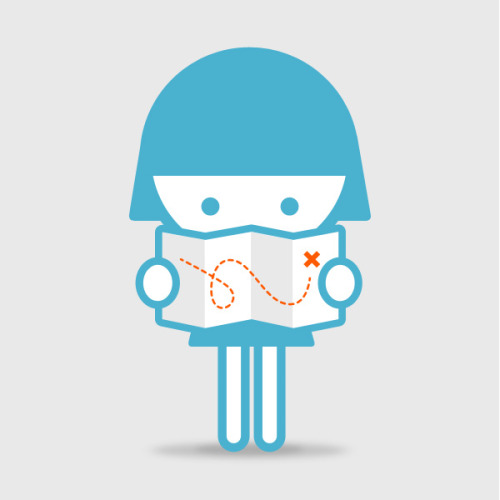So just wanted to share some thoughts post-Sandy. First off, thoughts with those in all areas affected by the storm, especially those still without power, and for the families and friends of those we've lost.
Which is actually pretty much the main gist of this post, in terms of arts organizations incorporating timely messaging, particularly regarding resources, during the storm. Yes, content that might not be programatic or mission related necessarily, but information that is relevant to your audiences and community, nevertheless.
For example:
We hope everybody made it through the worst of the storm. In particular, our thoughts are with our friends in hard-hit areas. Stay safe!It's quick and simple, and is a great way to be present with your community. One of the major challenges I've been dealing with, one of the major asks is how to diversify content, and how to do more than market your art and ask for donations.
— JazzatLincolnCenter (@jalcnyc) October 30, 2012
Well, crisis like these are a great opportunity to do just that, and not in an exploitive kind of way. In fact, it's also a chance to share some good vibes, even if you're not a part of the community being affected.
Our thoughts go out to those being affected by #hurricanesandy. We hope it comes to an end soon without more damage!If it's something that is of national importance, or even world news, well a good litmus test would be if it's a sentiment that you yourself would share with your own social media network. These feelings and thoughts should not be artificially fabricated, but should come from a place of authenticity.
— Dance Bistro (@DanceBistro) October 30, 2012
And of course there is always re-sharing others' content. With managing Dance Place's Twitter account, I made sure to do that with several of the local news channels, so that our followers would see their storm related content, if they weren't already following them.
So that's that. Most organizations on the east-coast did use social media to inform their followers and fans about how their programming was affected by the storm. And kudos to those who took the next step and shared resources and information that would help those directly affected by the storm.
What are your thoughts on this? Any other similar instances that have come up with you and your organization? Any organizations you've observed share non-programatic or institutional content that was timely and relevant?
Let me know,
JR











